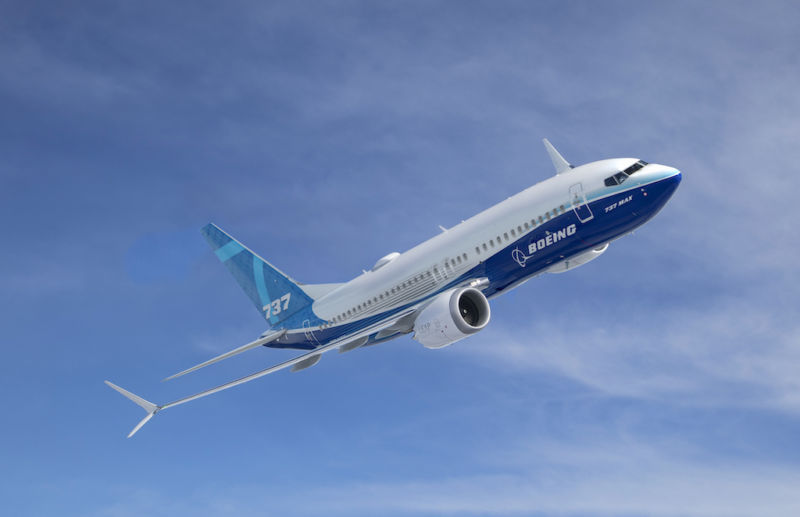
The two 737 MAX crashes that killed 346 people and led to what is, so far, a six-month grounding of the jet, stemmed in part from Boeing’s failure to accurately anticipate how pilots would respond to a malfunctioning feature that pointed the jets toward the ground. That’s the key finding from a report the National Transportation Safety Board published Thursday, which included a series of recommendations to the Federal Aviation Administration. The NTSB advised the regulator to have Boeing consider how 737 MAX pilots would handle not just problems with the MCAS system alone, but how they respond to multiple simultaneous alerts and indicators. In short, the NTSB says Boeing was wrong to assume pilots would respond correctly to the problem that ended up killing them.
The crashes of Lion Air Flight 610, in October 2018, and Ethiopian Airlines Flight 302, in March, stemmed from a feature Boeing designed to prevent stalls. In both cases, the Maneuvering Characteristics Augmentation System, or MCAS, activated in response to a false reading from a faulty angle of attack sensor. The pilots fought to counteract the system, which pushed the nose of the plane down, but ultimately failed.
No comments:
Post a Comment